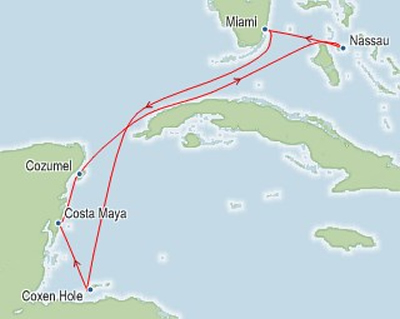
COURSE CREDITS & HOURS
AMA PRA Category 1 Credits™14 ACPE Credits
14.0 (part II) MOC points in medical knowledge in the American Board of Internal Medicine's (ABIM) Maintenance of Certification (MOC) program
Up to 14 MOC (Part II) points in the American Board of Anesthesiology® (ABA) Maintenance of Certification (MOC) program
8 Hours of Pharmacology for NPs
COURSE FEES
TARGET AUDIENCE
PROGRAM PURPOSE
- Buprenorphine
- Participants will be able to differentiate the actions and pharmacokinetics of buprenorphine and patients who would benefit from buprenorphine as an analgesic
- Nalbuphine
- Participants will be able to employ nalbuphine in clinical situations for which it has an advantage
- Cannabis, Palmitoylethanolamide in the Management of Pain
- Participants will be able to recite the data regarding cannabis as an analgesic
- Participants will be introduced to palmitoylethanolamide as an analgesic and co-analgesic
- Neuropathy
- Participants will be able to recite the reasons why neuropathic pain is relatively opioid resistant
- Opioids: The Good, Bad and Ugly
- Participants will be able to recognize the role mu receptor subtypes and bias signaling have lead to the potential of better analgesics
- Opioids: Where is the balance
- Participants will be able to recite the lesser known risks with opioids such as depression, infections, primary hypogonadism, falls , fractures , impaired wound healing and myocardial infarction
- Opioid Induced Hyperalgesia: Does it Exist, What Does It Mean
- Participants will be able to discuss the evidence for opioid induced hyperalgesia based on a review of 10-14 studies
- Opioid Dosing Strategies for Cancer Pain
- Participants will apply the WHO stepladder to cancer pain management
- Case Presentations
- Participants will be able to discuss pain management in the face of organ failure, addiction
- Participants will be able to management pain in difficulty to manage pain syndromes
- Facial Paralysis and Bell's Palsy
- Participants should be able to differentiate the potential causes of unilateral facial paralysis and know the present AAO-HNS guidelines for diagnosis, treatment and follow-up
- Head and neck manifestations of Reflux
- Participants should be able to list and associate symptoms that may be caused by reflux in patients that have no heartburn or GI symptoms
- Rhinitis- not just Allergy
- Participants should be able to recognize allergic from non-allergic rhinitis and improve patient care with most appropriate treatment.
- Sinus headaches and Facial Pain syndromes
- Participants should be able to differentiate facial pain arising from sinus disease from the many other causes of facial pain and headache. and determine symptoms that suggests other etiologies of headache.
- Narcolepsy and other sleep disorders
- Participants should be able to diagnose other causes of daytime sleepiness and discuss diagnostic testing and treatment options.
- Sleep Apnea Update 2019
- Participants should be able to Identify risk factors for OSA and co-morbidities. Treatment options and follow-up will be emphasized.
- Incorporating CPAP care into the primary care office
- Participant should be able to understand positive airway pressure machines and the differences between CPAP, BPAP,ASV and autoPAP. Attendees will understand Medicare guidelines for treatment and follow-up.









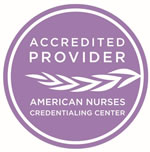
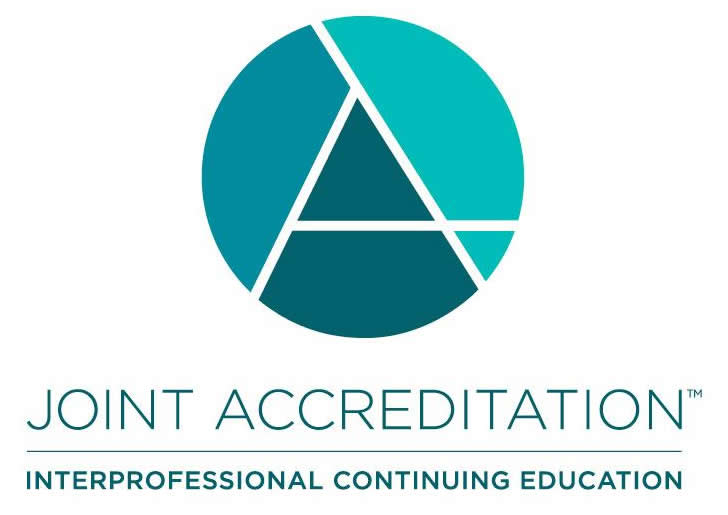
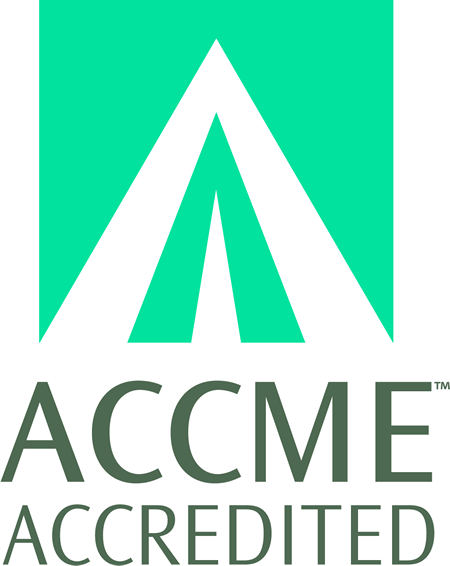
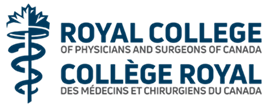

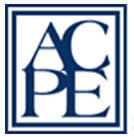
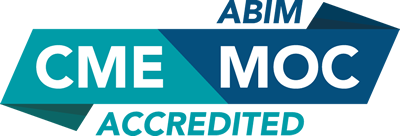
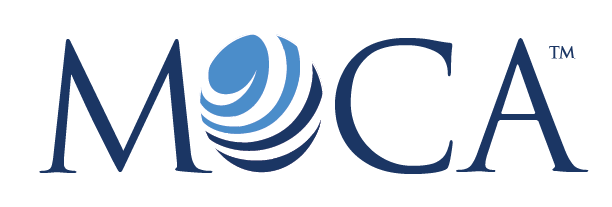 This activity has been registered to offer 14 ( Part II) MOC Points in the ABA MOC program.
This activity has been registered to offer 14 ( Part II) MOC Points in the ABA MOC program.